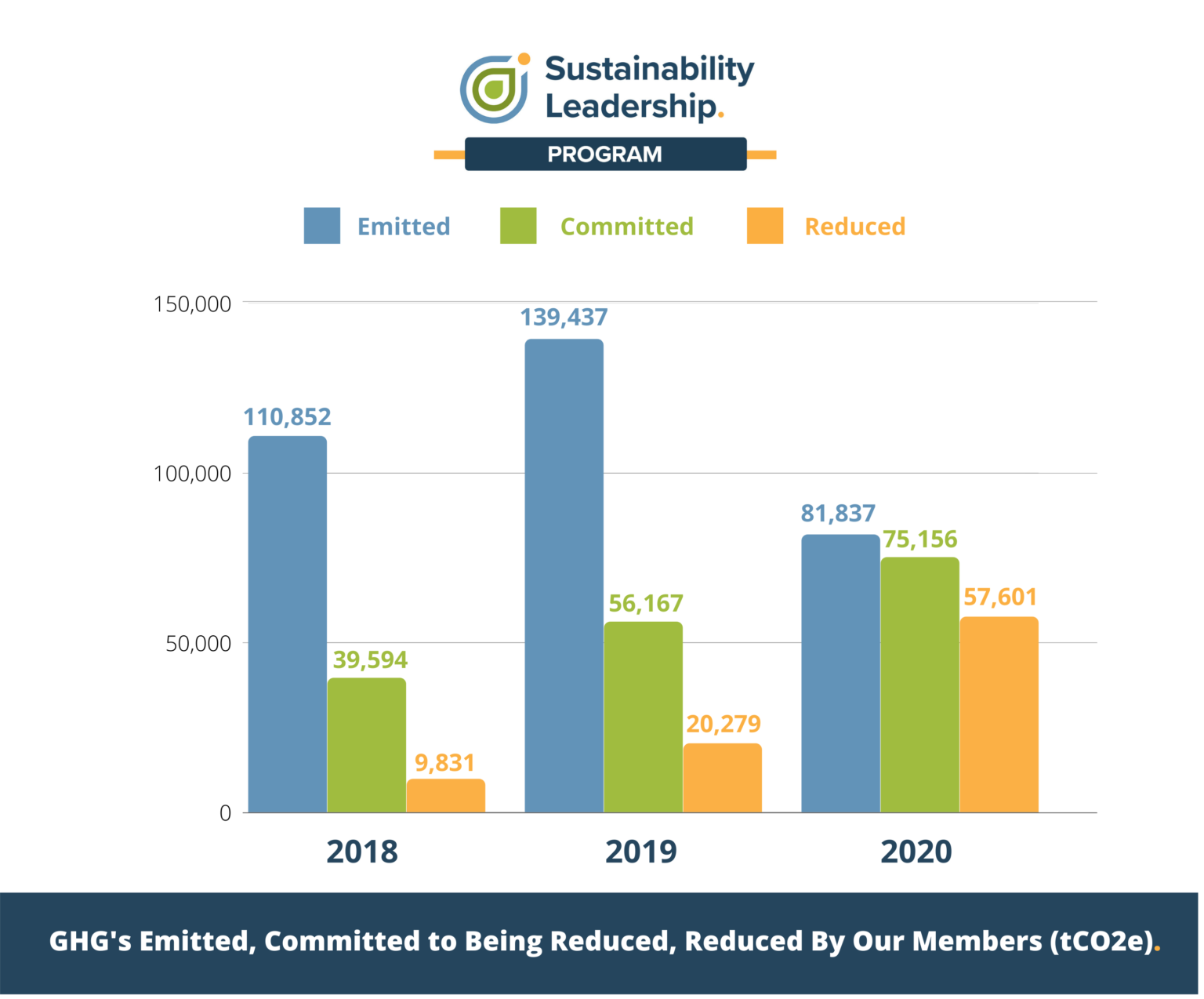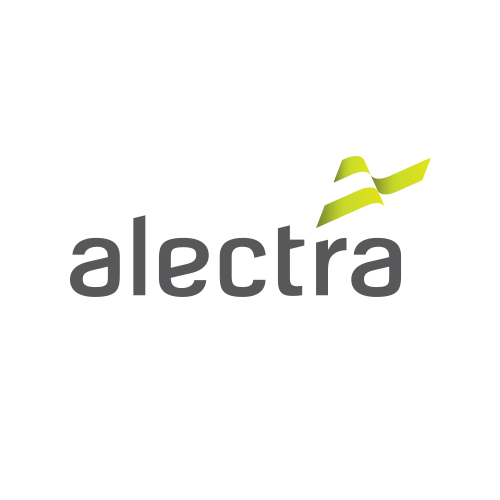
Annual Impact Report 2020
SL Progam Update.
Page Navigation
Sustainability Leadership Program.
In evaluating the needs of business during the pandemic, we recognised that the future of business interaction was changing, the landscape of activity was shifting and the dynamic of our environment was morphing.
In the true sense of sustainability, we evaluated our approach to delivering services to our Members, the business community and the public at large to determine areas to improve the impacts we wished to make.
Our core program, the Sustainable Business Initiative, underwent a transformation to become completely digital, increase knowledge capacity within our Members and connect more businesses with each other. We designed the program in a way that provided businesses with the strategic steps necessary to become truly sustainable businesses. We renamed the program, the Sustainability Leadership Program, providing you with A Clear Path Forward.
Overview.
Our work with the Bay Area Climate Change Council underlined the need to address our greenhouse gas emissions to support our local, national and international targets to prevent the world from warming beyond 1.5 degrees Celsius.
We worked closely with our Members in 2020 to transition them from the Sustainable Business Initiative into the Sustainability Leadership Program, starting in Step 1, addressing their greenhouse gas emissions. We are working with our Members and educating the public to help do our part in accelerating the transition to a low-carbon economy while supporting a green recovery.
Step 1.
In the design of our program, our Members are working towards measuring their impacts in a credible way. Step 1 starts with measuring greenhouse gas emissions. Our Members learn about what is contributing to the climate crisis, how to interpret their consumption information and determine the course of action required.
Through years of practice, we have developed Step 1 in a methodical way that allows our Members to take measurable action to reduce their emissions. We start with setting a baseline to anchor our point of comparison for future years of measurement. We have done research based on international standards, global best practices and local approaches to determine science-based targets in intervals that contribute to our local, national and international net-zero targets.
Members.
We are so proud to have Members who have taken action in 2020, ensuring their business is making significant progress in Step 1. In less than a year of its launch, we have nearly 50% of our members with complete inventories, over 30% with baselines set, and even members who have exceeded our science-based targets, announcing their move to carbon neutrality within the next 10 years!
Click on the tiles below to view each Member’s profile.


ArcelorMittal Dofasco
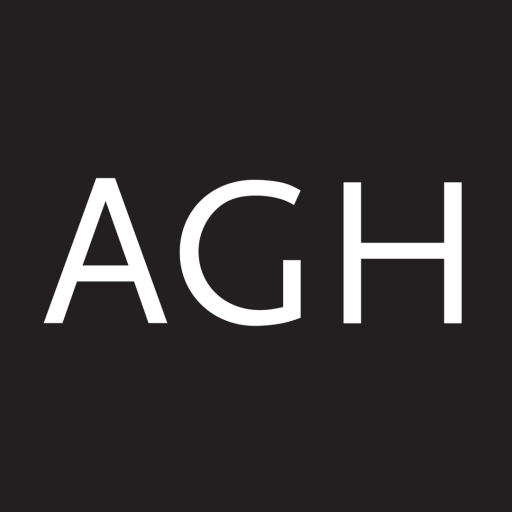
Art Gallery of Hamilton

Beatties
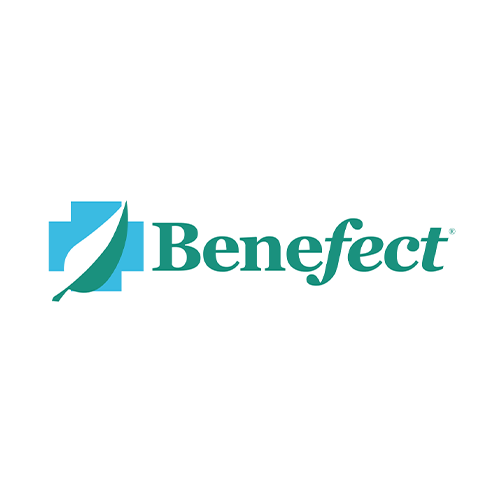
Benefect
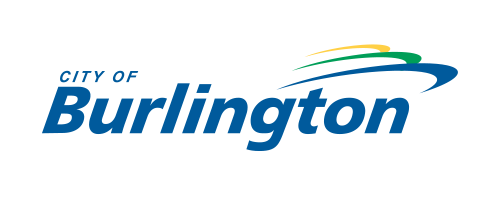
City of Burlington

City of Hamilton
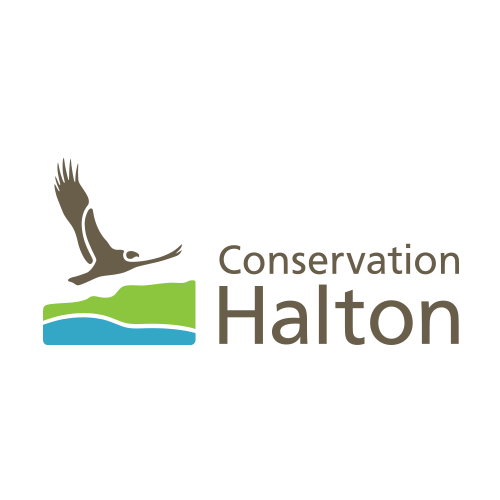
Conservation Halton
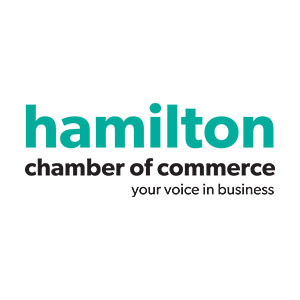
Hamilton Chamber of Commerce
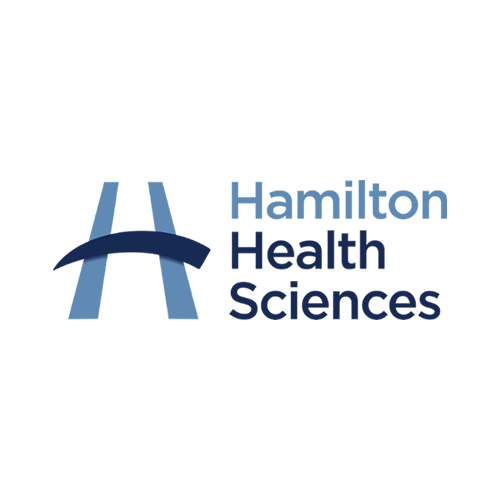
Hamilton Health Sciences
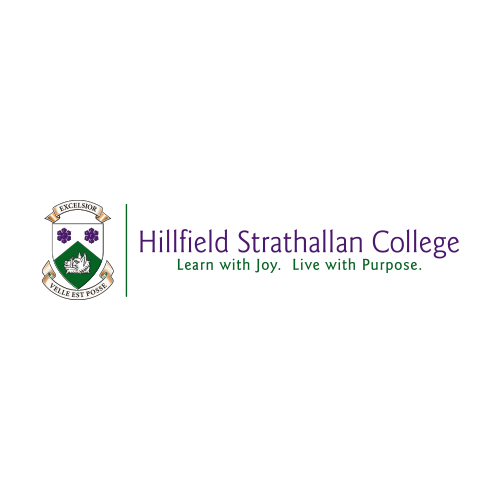
Hillfield Strathallan College
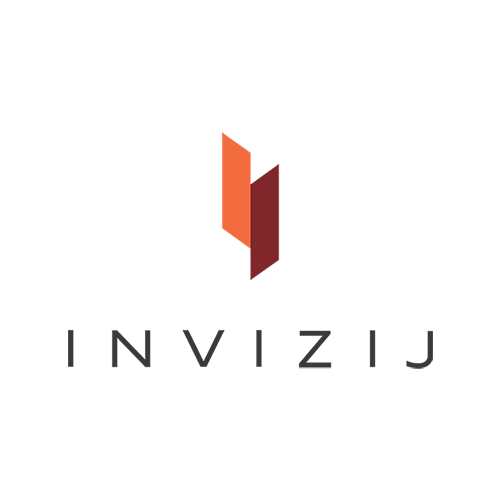
Invizij Architects

John C. Munro Hamilton International Airport
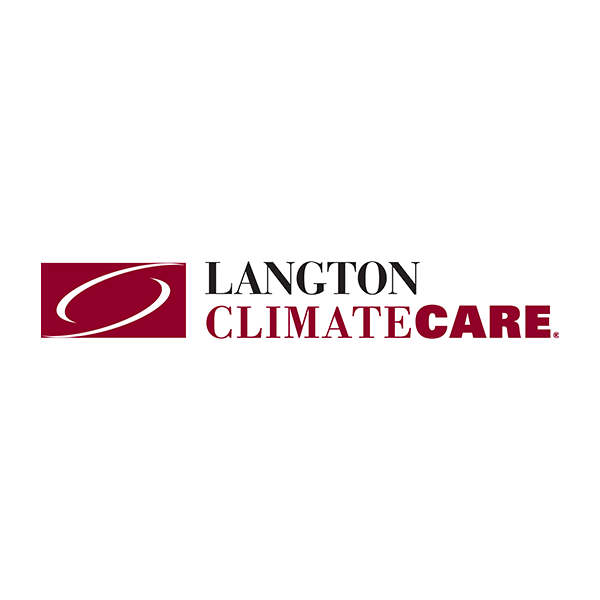
Langton ClimateCare
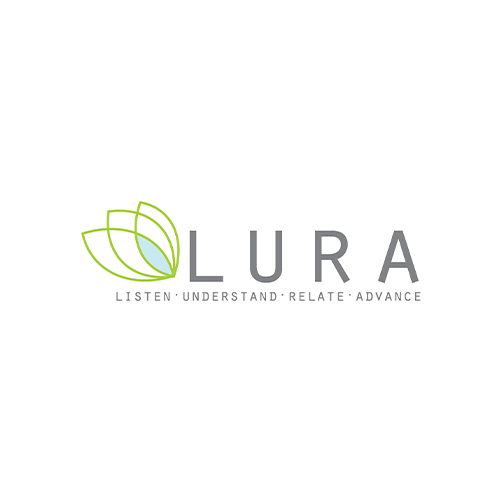
LURA

mcCallumSather
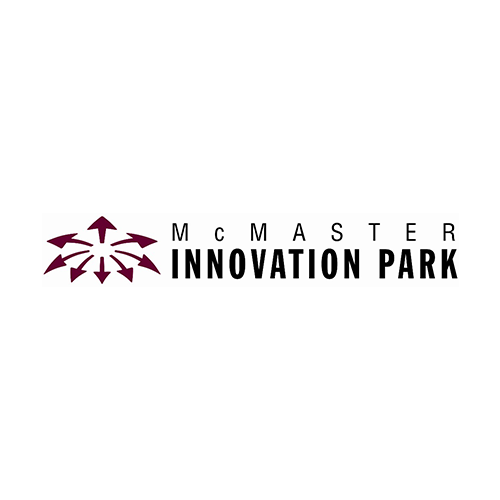
McMaster Innovation Park

Midfield

Mohawk College
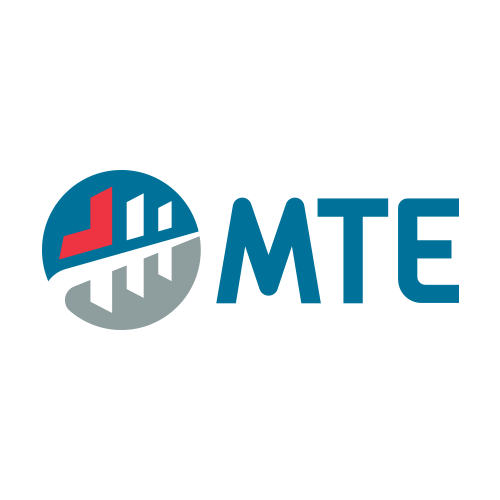
MTE Consultants
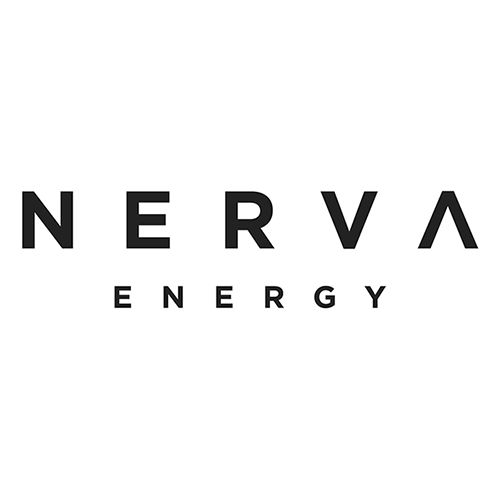
Nerva Energy
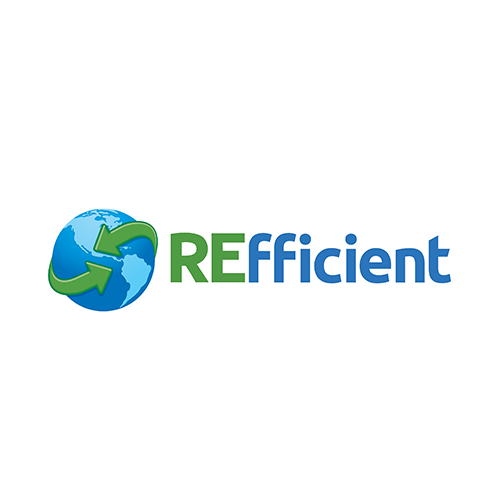
REfficient

Royal Botanical Gardens
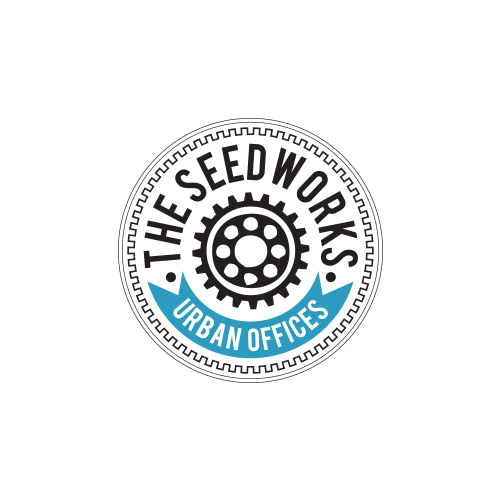
Seedworks Urban Offices
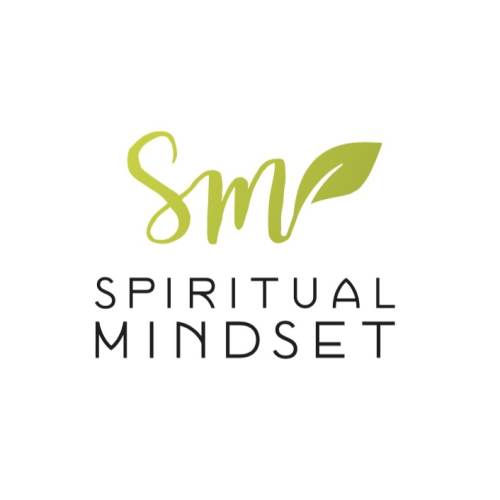
Spiritual Mindset
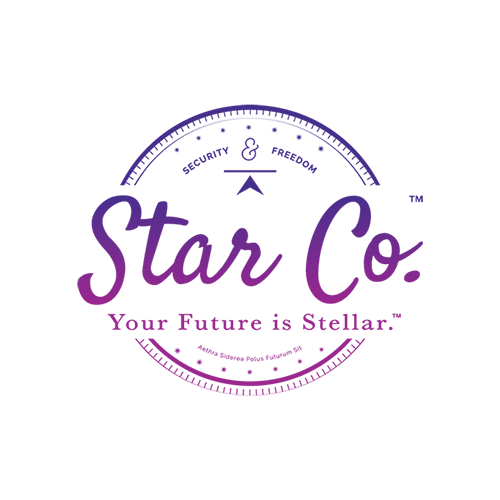
Star Company
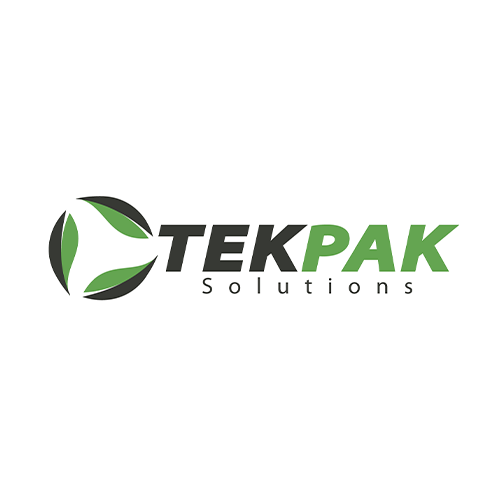
TekPak Solutions
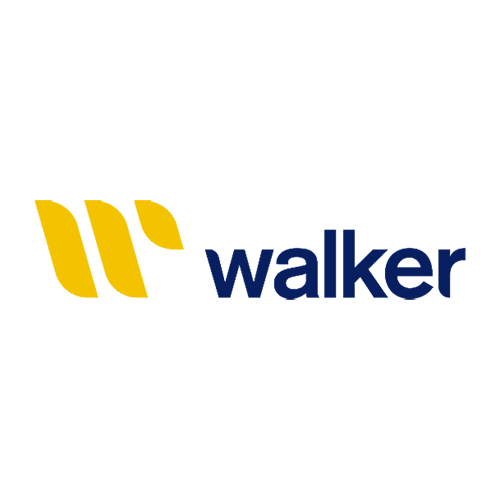
Walker Emulsions

WalterFedy
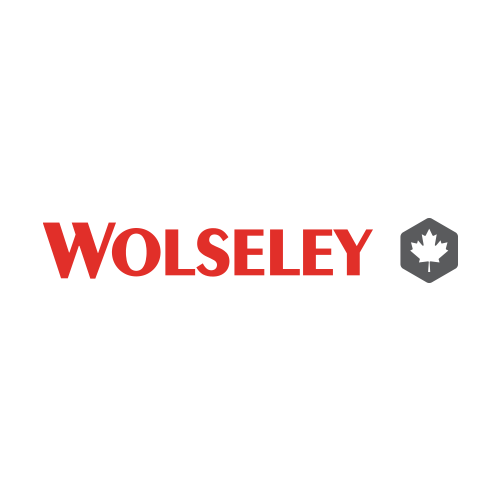
Wolseley
Results.
Our core membership program underwent a few changes in response to the pandemic in 2020. The data below illustrates how our Members optimised their opportunities to continue working towards their sustainability goals. Although many obstacles came our way in 2020, our Members persevered through their sustainability action, emphasizing their commitment to a better world and becoming true industry leaders.
We are incredibly proud of the accomplishments of our 2020 Sustainability Leadership Program Members.
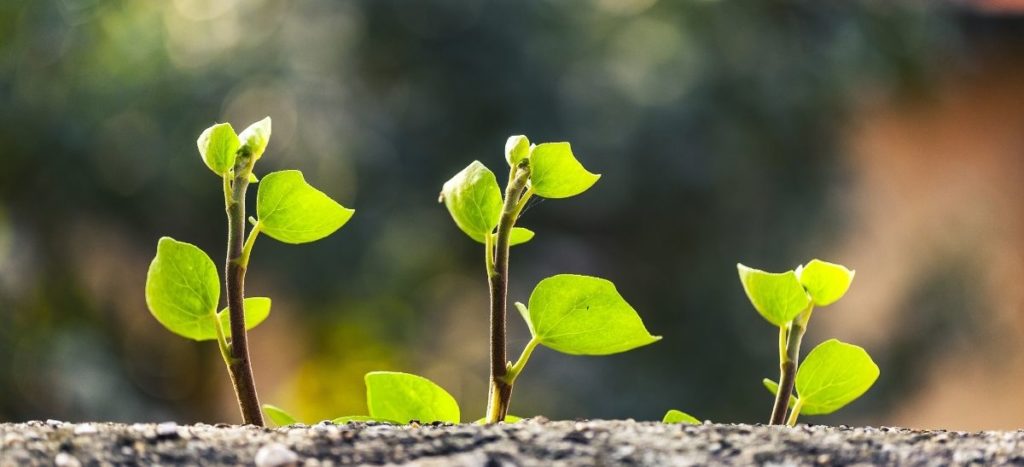
Sustainability Leadership Program Members.
Our Members successfully transitioned from the Sustainable Business Initiative (SBI) into the Sustainability Leadership Program (SLP) in 2020. The SLP is designed to be completely virtual to offer increased accessibility to our sustainability content, allowing members to progress quicker to becoming truly sustainable businesses.
Despite the changes to our world in 2020 and losing some Members, the SLP welcomed new Members to the network. All of our Members started in Step 1, which is all about setting Greenhouse Gas (GHG) emissions baselines and targets, creating an action plan and forming a green team.
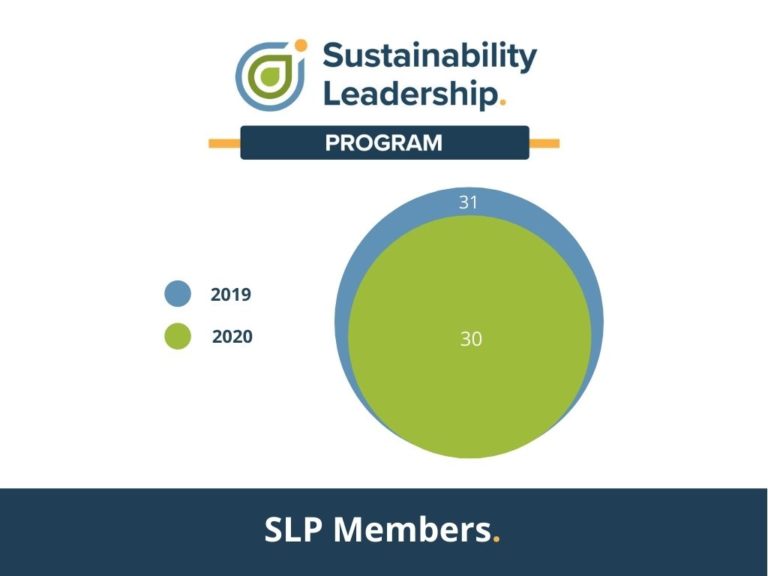
Greenhouse Gas Emissions Baselines Set By SLP Members.
As part of Step 1, our Members set GHG baselines – a fixed starting point used for comparing emissions reductions over time. We are working with our Members to transition their previous SBI baselines to align with SLP Step 1, measuring GHGs. Moving forward, we expect this amount to increase as we bring on new Members, and continue to work with our current Members to ensure they are measuring, managing and reducing their GHGs.
The biggest change from previous years to 2020 is that all Members are now reporting GHGs on their path to becoming truly sustainable businesses.
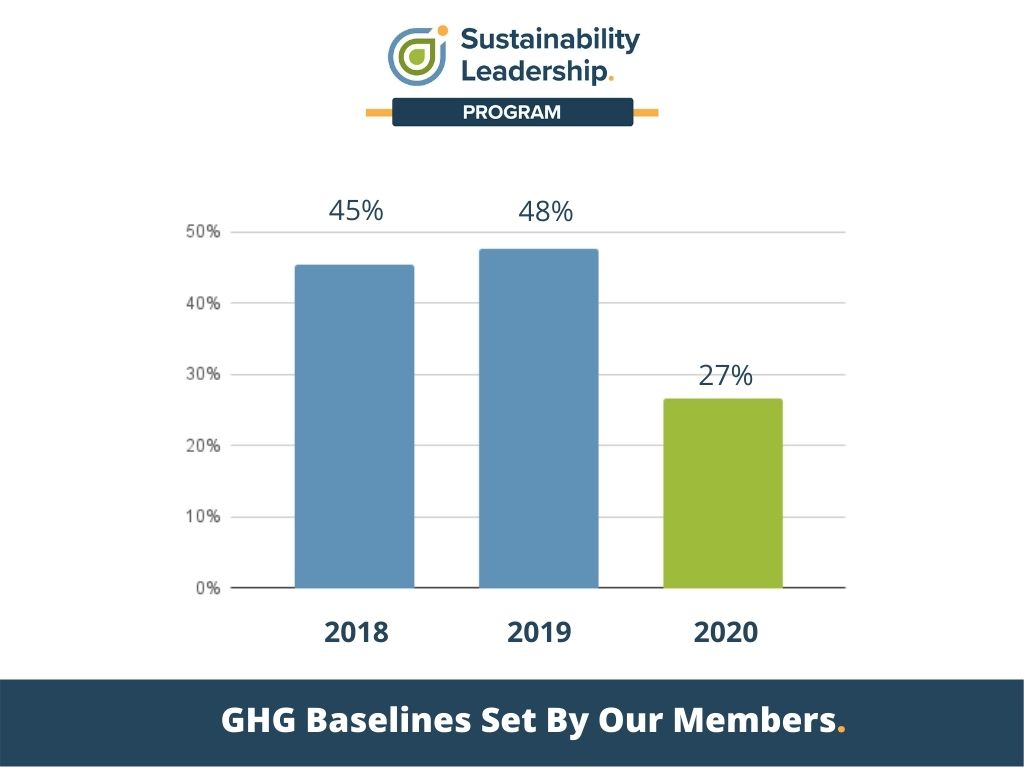
Greenhouse Gas Emissions Targets Set By SLP Members.
Our Members also set GHG targets – a fixed emissions reduction goal to work towards achieving. Of the 27% of members that already had or had set targets in 2020, 63% set science-based targets, which are specifically designed to align with climate data. This not only shows our Members’ support to reducing GHGs enough to keep the “global temperature increase below 1.5°C compared to pre-industrial temperatures” (Intergovernmental Panel on Climate Change, IPCC), but also that they are taking measurable action to improve their impacts.
Similar to setting baselines, all Members are now reporting GHGs compared to previously where only some Members were reporting.
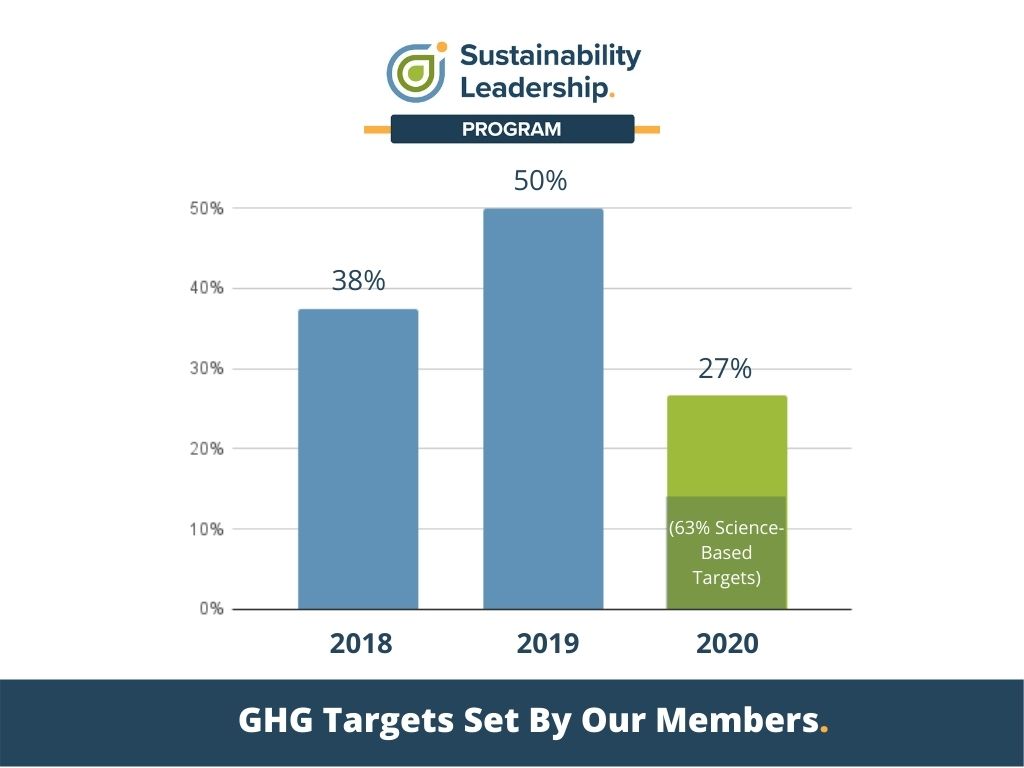
Greenhouse Gas Emissions Emitted, Committed To Being Reduced, Reduced By SLP Members.
Along with setting baselines and science-based targets, are Members report their consumption activity each year, relying on us to accurately calculate their emissions using global best practices and the most up-to-date data. Due to the pandemic, most Members moved to a ‘work-from-home’ model, reducing their consumption activity (of natural gas and electricity) at their facilities. This resulted in reduced emissions emitted and increased the emissions reduced.
With our recommendation to move to science-based targets, our Members increased their commitments to reducing emissions and are developing plans to carry out the necessary actions over the coming years.
